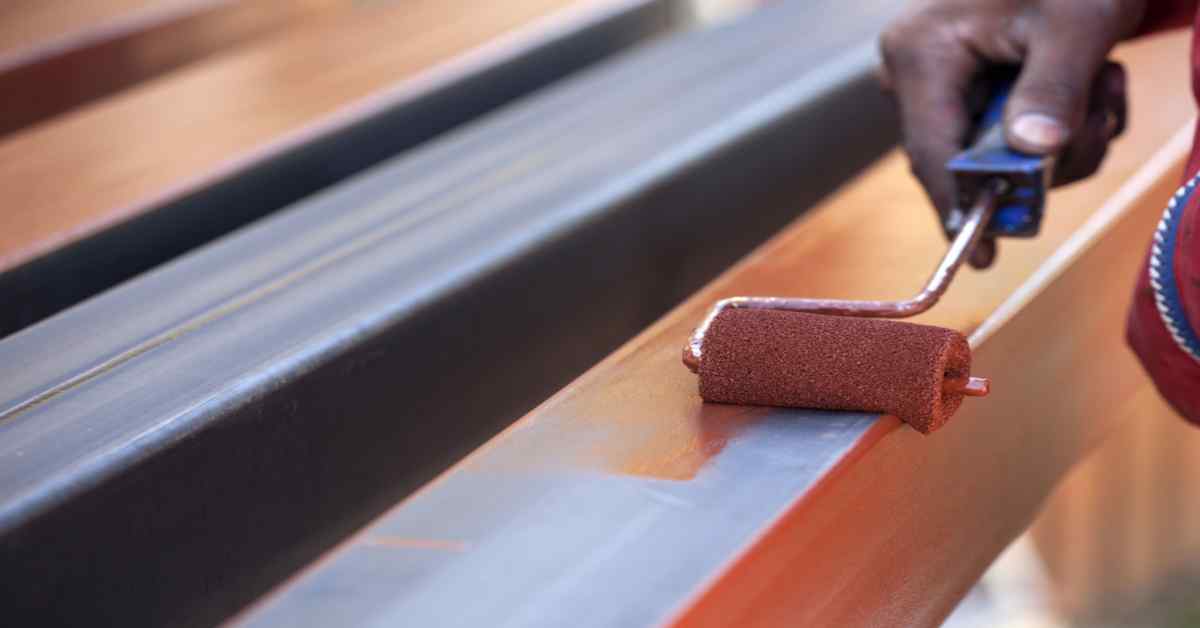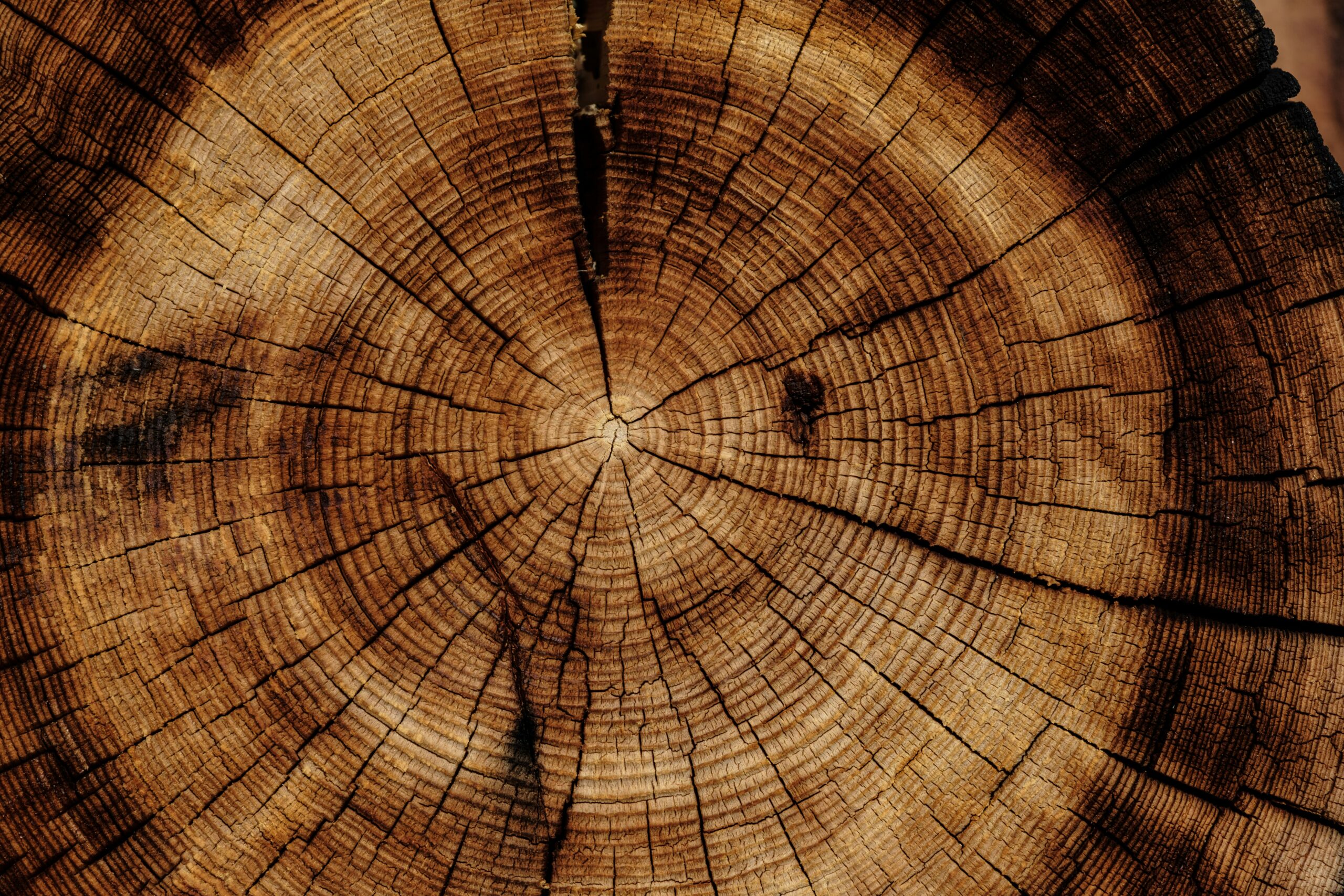Metal painting for exteriors not only enhances the look of metal surfaces but also protects them from the elements. Whether you’re painting a metal fence, gate, or outdoor furniture, understanding the process is key. Using the right techniques and quality services ensures your metal structures last while looking great. In this blog post, we’ll share expert tips for achieving professional results in your exterior metal painting projects.
Expert Tips on Metal Painting: Understanding the Importance of Metal Painting for Exteriors
Metal surfaces are prone to rust and corrosion due to moisture and environmental exposure. Proper metal painting creates a protective barrier, preventing decay and enhancing your property’s appearance. A well-painted metal surface boosts curb appeal, increases property value, and ensures longevity. Professional painters use their expertise and quality materials to protect your metal surfaces from nature’s wear and tear. Investing in professional painting services helps preserve the integrity and aesthetics of your exterior metal structures.

Types of Metal Surfaces Suitable for Exterior Painting
Understanding which metal surfaces can be painted will streamline your project. Common exterior metals include:
- Aluminum: Lightweight and rust-resistant, it’s easy to paint but needs special prep.
- Steel: Both galvanized and non-galvanized steel are paintable, but non-galvanized steel requires rust prevention.
- Wrought Iron: Strong and attractive, it needs thorough prep to prevent flaking.
- Copper: Usually left to patina naturally, copper can be painted with primer for adhesion.
This knowledge helps you make informed decisions when working with professional painters or contractors.

Expert Tips on Metal Painting: Choosing the Right Type of Paint for Metal Surfaces
Choosing the right paint is crucial for long-lasting metal painting. Here are some options:
- Oil-based Paint: Durable with a high gloss, ideal for metal exteriors in moist areas; requires solvent cleanup.
- Acrylic Paint: Water-based, with excellent adhesion and flexibility; dries quickly and cleans up easily with water.
- Epoxy Paint: Provides a hard, durable finish resistant to moisture and chemicals, perfect for heavy-use areas.
Consult your contractor for recommendations based on your metal surfaces’ environment and exposure.

Preparing Metal Surfaces for Painting
Proper surface preparation is key to a durable, attractive finish. Start by thoroughly cleaning the metal surface to remove dirt, grease, or rust using a pressure washer or wire brush. Next, sand the surface to smooth rough areas and improve paint adhesion, paying special attention to areas with existing paint or rust. After sanding, apply a metal primer to block rust and ensure effective paint adhesion. Choose a primer specifically designed for metal surfaces. Following these steps will ensure your paint job is both visually appealing and long-lasting.

Application Techniques for a Durable and Aesthetic Finish
Proper application techniques are key for a durable, attractive metal finish. Spray painting is ideal for large areas and intricate designs, providing an even coat without brush marks. Keep a consistent distance and use smooth, overlapping strokes, while masking off areas not being painted.
For smaller projects, use a high-quality brush or roller for a smooth finish. Apply long, even strokes, and allow sufficient drying time between multiple coats to build a durable protective barrier.
Ideal conditions for painting are moderate temperatures and low humidity; avoid direct sunlight or windy conditions. Hiring professionals can enhance results, but mastering these techniques ensures your exterior metal surfaces are both durable and visually appealing.

Maintenance Tips to Extend the Life of Your Painted Metal
Regular upkeep is key to extending the life of painted metal surfaces. First, clean routinely with mild soap and water to prevent dirt buildup. Additionally, inspect regularly for chips, cracks, or rust, and address these issues immediately. Depending on the paint, you should also apply a clear protective coating or wax periodically for added protection. Furthermore, touch up any worn areas to maintain a fresh appearance. By following these practices, you will ensure that your painted metal surfaces remain beautiful and durable over time.





